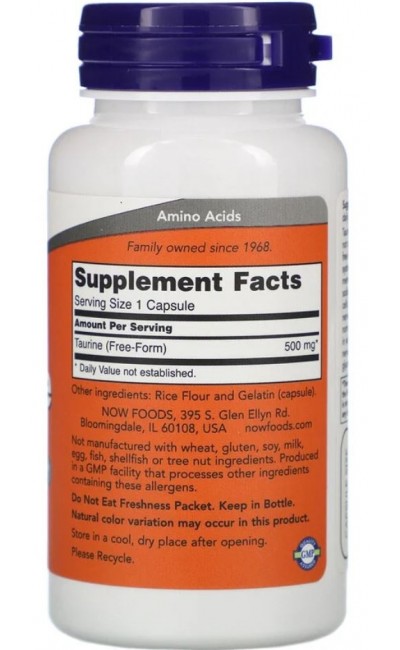

Red Bull’s creators have asserted that the taurine in its drinks is completely synthetic. Conspiracy-minded ‘Bull heads have debated whether the taurine in their afternoon pick-me-up is derived, specifically, from bull testicles (in wilder circles, the speculation extends to bull semen and urine), a rumor that probably stemmed from a misunderstanding of what its original source fluid, bile, actually is - the moss-hued slime produced by the gall bladder, anatomical miles away from bull genitalia. Known in scientific circles as 2-aminoethanesulfonic acid, the compound was named after the Latin taurus, for bull, after German scientists isolated it from ox bile in 1827. Sure, taurine can have that effect, but it achieves it through much less direct means.įirst, a bit about taurine itself. Its effects aren’t as straightforward or as well-documented as its energy-boosting partner in crime, which straight-up jacks into the central nervous system to curb drowsiness. Here’s the thing about taurine: It’s not caffeine. Since then, it’s enjoyed a pretty solid reputation as a pick-me-up, but the truth is, there’s no conclusive evidence that it boosts mental or physical performance. It eventually made its way stateside in cans of Monster and tiny vials of 5-Hour Energy.

The chemical’s been riding a wave of hot PR since Lipovitan D, the first real energy drink, hit Bangkok in the 1970s. It’s the natural acid swirling around your evening can of Red Bull, hooking up with other chemicals to “give you wings” and potentially stimulate your hypothalamus.


 0 kommentar(er)
0 kommentar(er)
